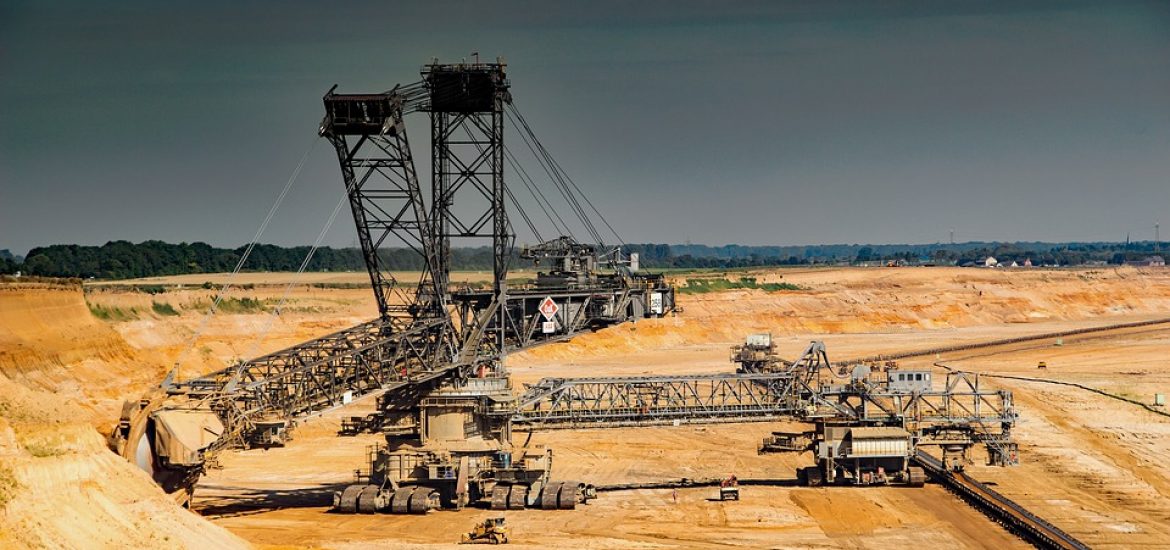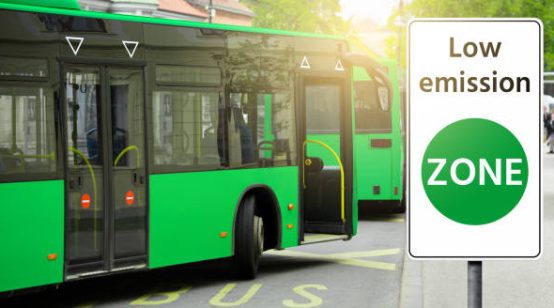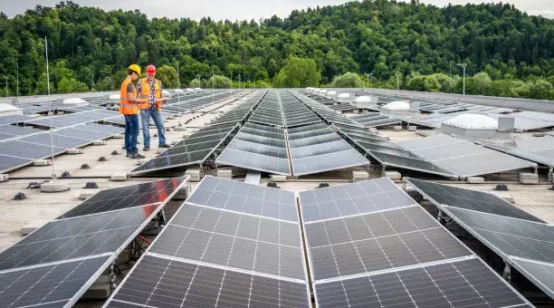
A study says carbon prices across the European Union could double by 2021 if Brussels makes the emissions trading scheme compatible with the 2015 Paris climate agreement.
The EU carbon prices reached €13 a tonne this week, continuing the rises that have revived hopes that European carbon market could yet play a major role in stimulating low-carbon investment.
The think-tank Carbon Tracker said the recent surge in EU carbon prices could continue to rise.
European Union carbon allowances (EUAs) serve as the unit of compliance under the European emissions-trading scheme (EU-ETS), with each EUA entitling the energy-intensive industries covered by the scheme, mainly power generators, steel and cement manufacturers and oil refiners, to emit one tonne of carbon dioxide.
The European Council last month requested that the EU’s executive branch in the commission draw up a proposal in early next year “for a strategy for long-term greenhouse-gas emissions reductions in accordance with the Paris agreement”.
EUAs are tradable financial instruments costing about €13 per tonne, rising over 60 per cent this year, and 200 per cent since last May, because of EU-ETS reforms.
The 2008-09 financial crisis caused an oversupply of carbon allowances, depressing prices. At the end of 2016, the EU-ETS had an excess of 1.7 billion tonnes of EUAs, which was roughly equivalent to the total annual demand.
The recent carbon reforms at the Market Stability Reserve (MSR) mean it will remove surpluses at a rate of 24 per cent per year over 2019-23 and at 12 per cent per year afterwards, addressing the original problem of a fixed supply amid variable demand.
Demand for coal and gas means EUA prices of €15 per tonne by the end of this year, €20 per tonne in 2019 and €25 per tonne in 2020. The MSR, it is hoped, will provide a reliable price to incentivise long-term low-carbon investment.
Fuel sources such as coal and lignite have already been hit by rising EUA prices since September and their future looks far less profitable.
Carbon Tracker report author Mark Lewis said coal operators were facing significant risks. “Life is set to get much tougher for EU coal generators,” he wrote. “Higher carbon prices will eat further into operating margins that have already been severely eroded by the growth of renewables, forcing less efficient coal plants off the grid altogether. Under a Paris-compliant EU-ETS cap the shock to coal would be even greater, forcing all coal and lignite plants – even the most efficient – either off the grid or to the margin.”
Companies like EPH, a privately owned Czech power company that has been buying up coal and lignite power plants across the European Union, might now need to question that strategy.
Garzweiler, a large surface lignite mine in the German state of North-Rhine Westphalia. Picture credit: Pixabay





